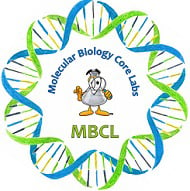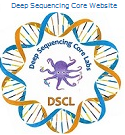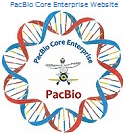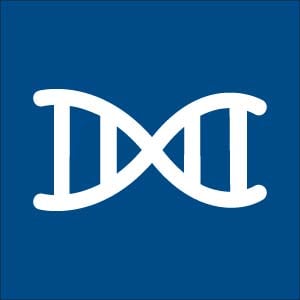Fragment Analyzer Service
 The MBCL operates a Fragment Analyzer Service using the Advanced Analytical (Agilent) capillary electrophoresis system. Samples are analyzed for concentration and molecular weight/size. Results are presented in a graphic format similar to a Bioanalyzer including size, concentration, molarity, and RIN values.
The MBCL operates a Fragment Analyzer Service using the Advanced Analytical (Agilent) capillary electrophoresis system. Samples are analyzed for concentration and molecular weight/size. Results are presented in a graphic format similar to a Bioanalyzer including size, concentration, molarity, and RIN values.
Download our introductory flyer to the Fragment Analyzer system!
Here is an information sheet on how to assess RNA quality.
A helpful guide from Agilent about the RIN/RQN number that applies to the Fragment Analyzer and Bioanalyzer.
An explanation of The Significance of the 260/230 Ratio in Determining Nucleic Acid Purity
Here are some FAQs about the Fragment Analyzer service.
| Available Assays | Submission Requirements and Assay Features |
|---|---|
|
|
Submitting Samples:

Please email for a ticket or more information: MBCL@umassmed.edu
Sample Drop Off Locations:
Samples can be left in the labeled fridges at these locations
for 11:00 AM pickup each business day:
AS8-2016
N2 freezer bay near the main lobby elevators
LRB 6th floor mailroom
Our shipping address for off-campus customers is
Rose-Gordon Bldg. Rm. 141, 222 Maple Ave, Shrewsbury, MA, 01545.
(Available weekdays from 9AM to 5PM - email us if you leave or ship samples here).
Assay types are run on scheduled days (see below).
Helpful Tips:

1. Plan for your results to be ready by the end of the next business day after your assay type is scheduled to run. Guaranteed same-day service is not available. While pick-up occurs every day, DNA assays will run Mondays, Wednesdays, and Fridays, while RNA assays will be run Tuesdays and Thursdays. Samples turned in ahead of time will be stored appropriately until they are processed.
2. Samples should be suspended in water. Contaminants can create problems with the run, including a less intense signal. The Fragment Analyzer cannot run samples that contain dye, particularly glycogen-based dyes.
3. RNA, dsDNA, and ssDNA can be detected by the machine, and will be visible if they are in your sample no matter which assay you select.
4. The main reason the concentration column is on the form is to ensure your chosen assay matches your sample concentrations. If your sample is limited you can write “low”, or give your best estimate for the concentration if it is not low.
5. The High Sensitivity DNA Assays are designed to give the best results at about 1 ng/μl. As a rule, if you are expecting a broad peak(s), hundreds of bp wide, submit higher concentrations (up to 5 ng/μl). If you are expecting a narrow peak(s), 10-50 bp wide, submit at concentrations between 0.5 and 1 ng/μl. For best results on High Sensitivity RNA assays, submit samples with concentrations in the upper end of the concentration range.
6. The NanoDrop frequently reads concentrations higher (sometimes ten-fold more than what the Fragment Analyzer shows). This is because the NanoDrop detects everything, including contaminants, in the sample. The Fragment Analyzer detects RNA and DNA only. If you use a NanoDrop to measure the concentration of your samples, remember to check the 260/230 ratio, and consider submitting samples at a higher concentration than the recommended 1-5 ng/μl and choosing “Do not dilute” on your ticket.
7. Sample names are imported from the electronic version of the ticket. In order for this to work, we will need the excel sheet submitted by email as well as the paper copy.
NOTE: These results are intended for research use only, and are not appropriate for use in clinical diagnosis nor for forensic purposes.
Fragment Analyzer Pricing and Payment Policy:

Please email MBCL@umassmed.edu to get a quote for your desired services.
Processing and analyzing a sample requires time and reagents. Payment for these services is the responsibility of the user submitting the sample and should be rendered in a timely fashion. In the event of a reagent or equipment failure, the samples will be rerun at the next possible opportunity at no additional charge.
Clients requesting additional services including but not limited to: sample dilution, RAW files, or sending samples that are not in strip tubes will be charged a fee for those services.


